Summary
- Super Castlevania 4 is a quality remake of the original game that took the needed leap to the 16-bit generation.
- Castlevania: Legacy of Darkness introduced a werewolf protagonist with engaging new characters and improved graphics.
- Castlevania 3: Dracula’s Curse is considered the best NES entry, with four playable characters and a compelling story.
The Castlevania franchise is most famous for the Metroidvania gameplay, with Castlevania: Symphony Of The Night being the template for most games after its release. The genre name comes from Metroid and Castlevania games that embrace non-linear progression with an explorable map and areas that can be returned to and unlocked via upgrades that the player finds throughout.
8:16
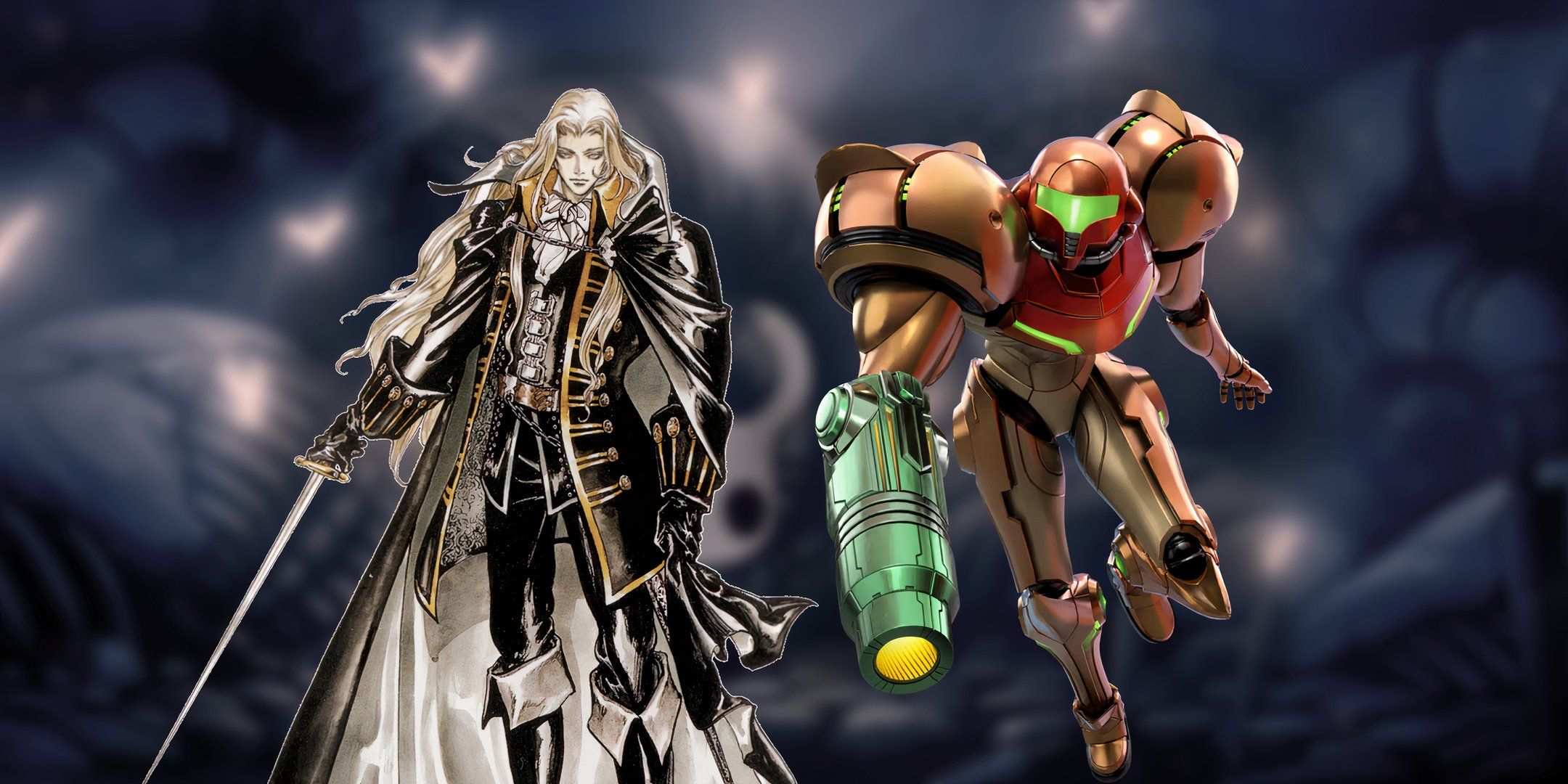
Related
The Metroidvania is one of the most popular genres in indie gaming, even bleeding over into AAA titles. These games represent the best of the genre.
However, Metroidvania is not how the franchise began, as the original game stuck to a linear style, and other entries in the long-running series have either continued that traditional gameplay or experimented with other styles. Some are all-time classics in the series, while others are more underrated titles that gained more love from the fans over time.
10
Castlevania: Legacy Of Darkness
Fighting The Forces Of Dracula As A Werewolf
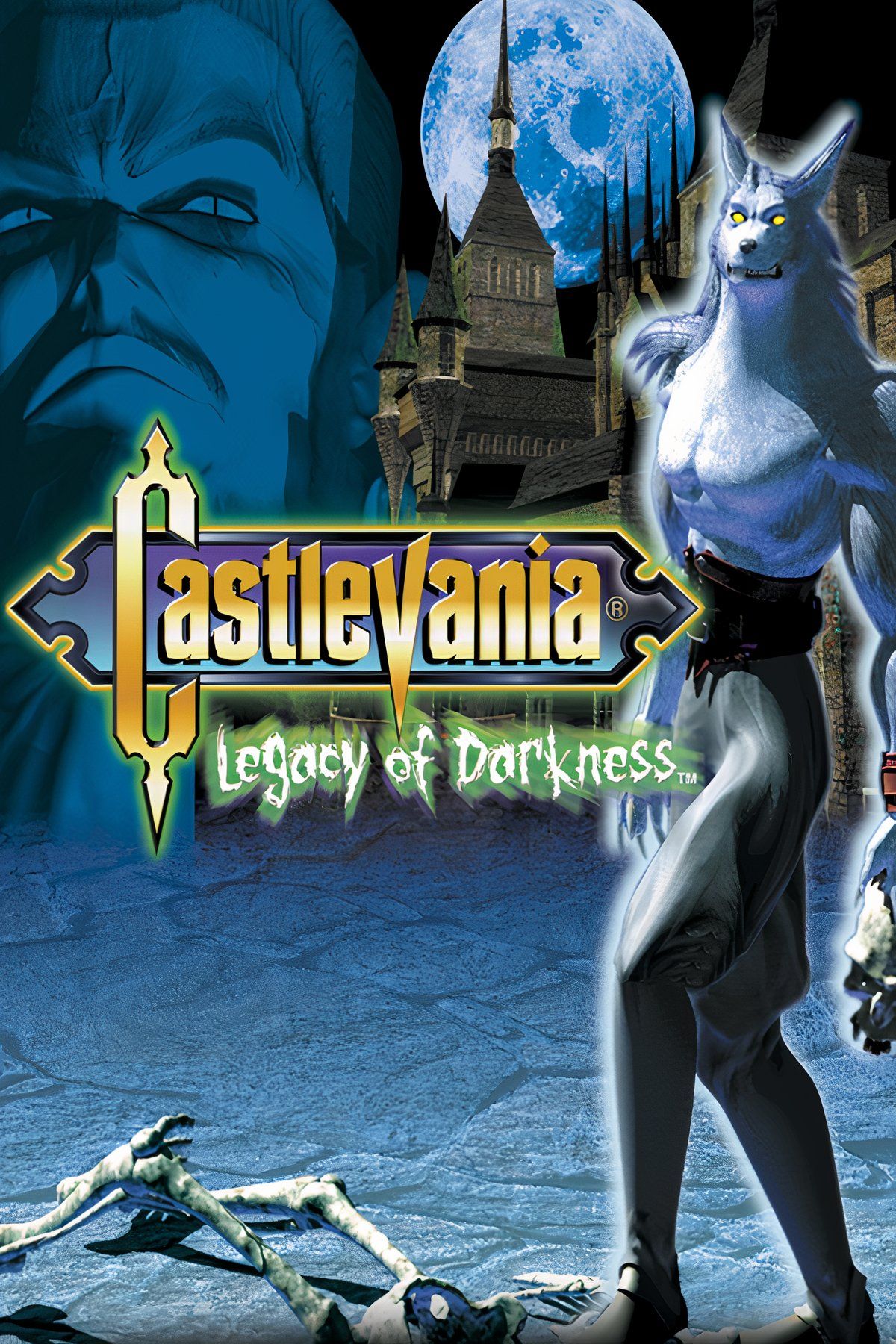
The prequel to the Nintendo 64 Castlevania reboot, Castlevania: Legacy Of Darkness, was considered an improvement over the predecessor. However, the game was still critiqued for its unpolished gameplay and awkward camera movement that led to a lot of vexing platforming and exploration.
The darker tone and visuals of Castlevania: Legacy Of Darkness felt more fitting, emphasizing a gothic atmosphere. One of the game’s most stand-out features is that it features a werewolf as the main protagonist. Cornell has an already effective range attack as a human, but with a button, he can transform into a man-wolf to take on many threats, including Dracula himself.
9
Castlevania 2: Simon’s Quest
Ambitious Changes Led To A Divisive Sequel
- Release Date: August 28, 1987
- Developer: Konami
- System: Nintendo Entertainment System, Nintendo Wii, Nintendo Wii U, Nintendo 3DS, Nintendo Switch, PC,
Over the years, Castlevania 2: Simon’s Quest has gained more appreciation from fans for trying to deliver something different. It introduced a day and night cycle that can change the environment and make things more challenging, and it was the first game to add exploration. However, that still doesn’t mean that it’s executed the greatest.
Castlevania 2: Simon’s Quest is still a divisive title because of elements like the day and night cycle being intrusive and ruining the momentum of the game. Cryptic solutions for certain puzzles did not help either and the bosses were considered way too easy compared to how taxing they were in the first game.
8
Castlevania
Konami Started It All With A Bonafide Classic
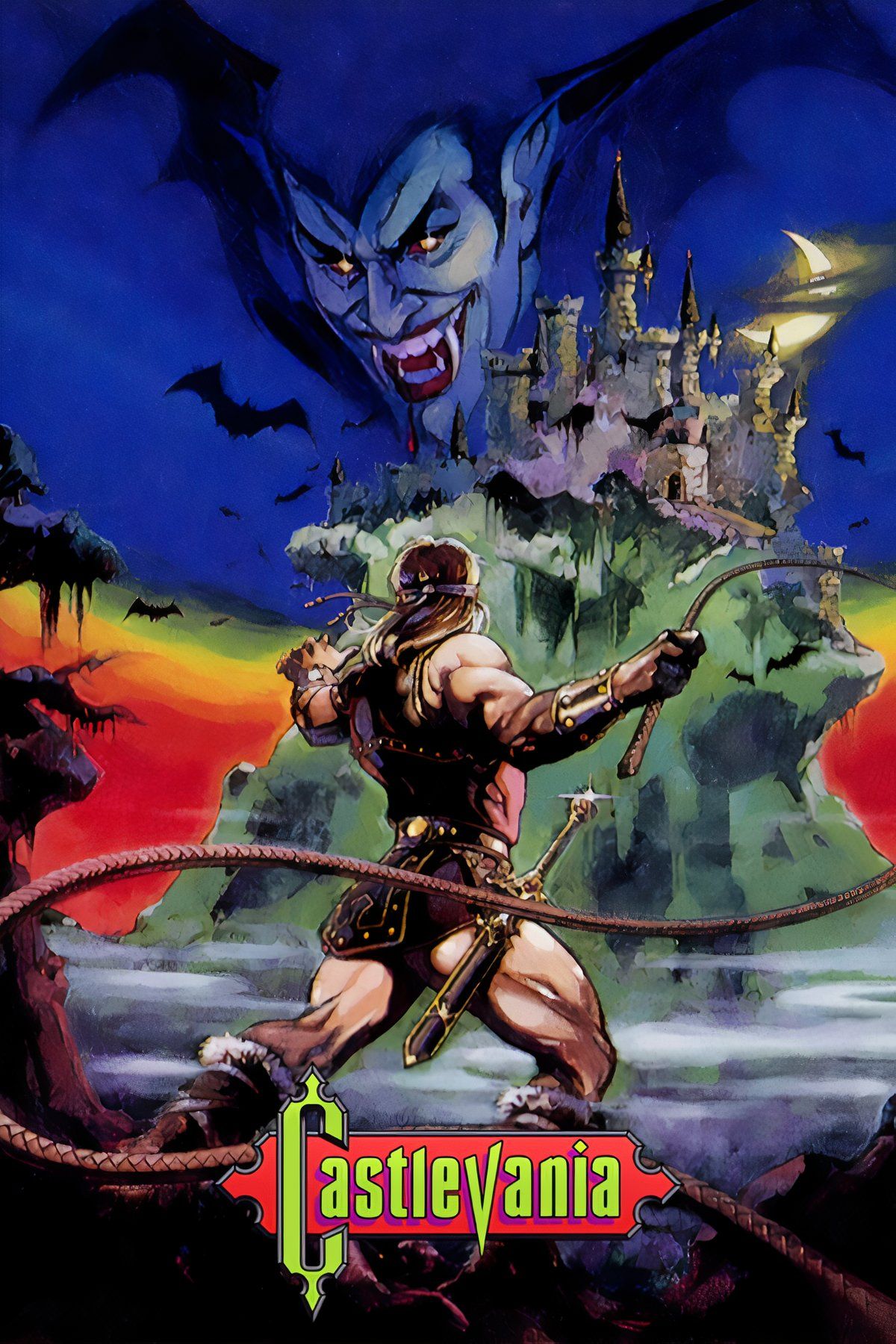
The original Castlevania that started it all, taking players on a trek through Dracula’s castle as Simon Belmont. It may not be a Metroidvania game, but even the roots of Castlevania challenged players with difficult side-scrolling action battling legions of undead monsters.
Alongside creatures of Green mythology, Castlevania won the hearts of many horror fans with the inclusion of Universal Monsters, such as Frankenstein’s monster and the wolf man. The game is full of references and inspiration from classic monster movies, from the environments to gag credits at the end of the game.
7
Castlevania 3: Dracula’s Curse
Four Characters Made For The Best NES Entry
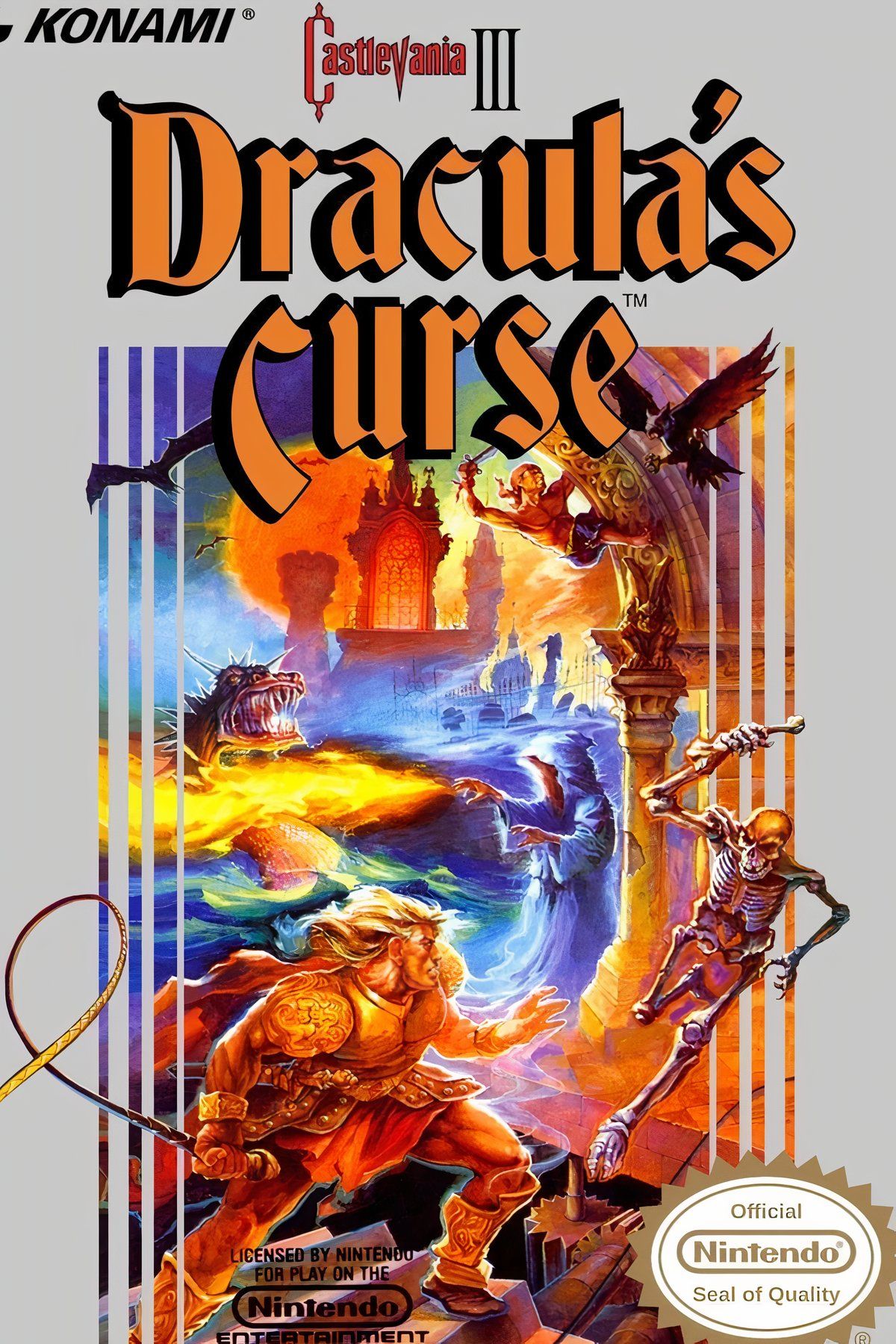
Action-Adventure
Platformer
- Released
-
September 1, 1990
- ESRB
-
e
Castlevania 3: Dracula’s Curse went back to the style of the first game but with two major changes; there were four playable characters and the game was much harder than before.
Fans often consider the third game to be the best in the original trilogy, not only for the advancements but also for featuring an interesting story that was the main inspiration for the Netflix anime series.
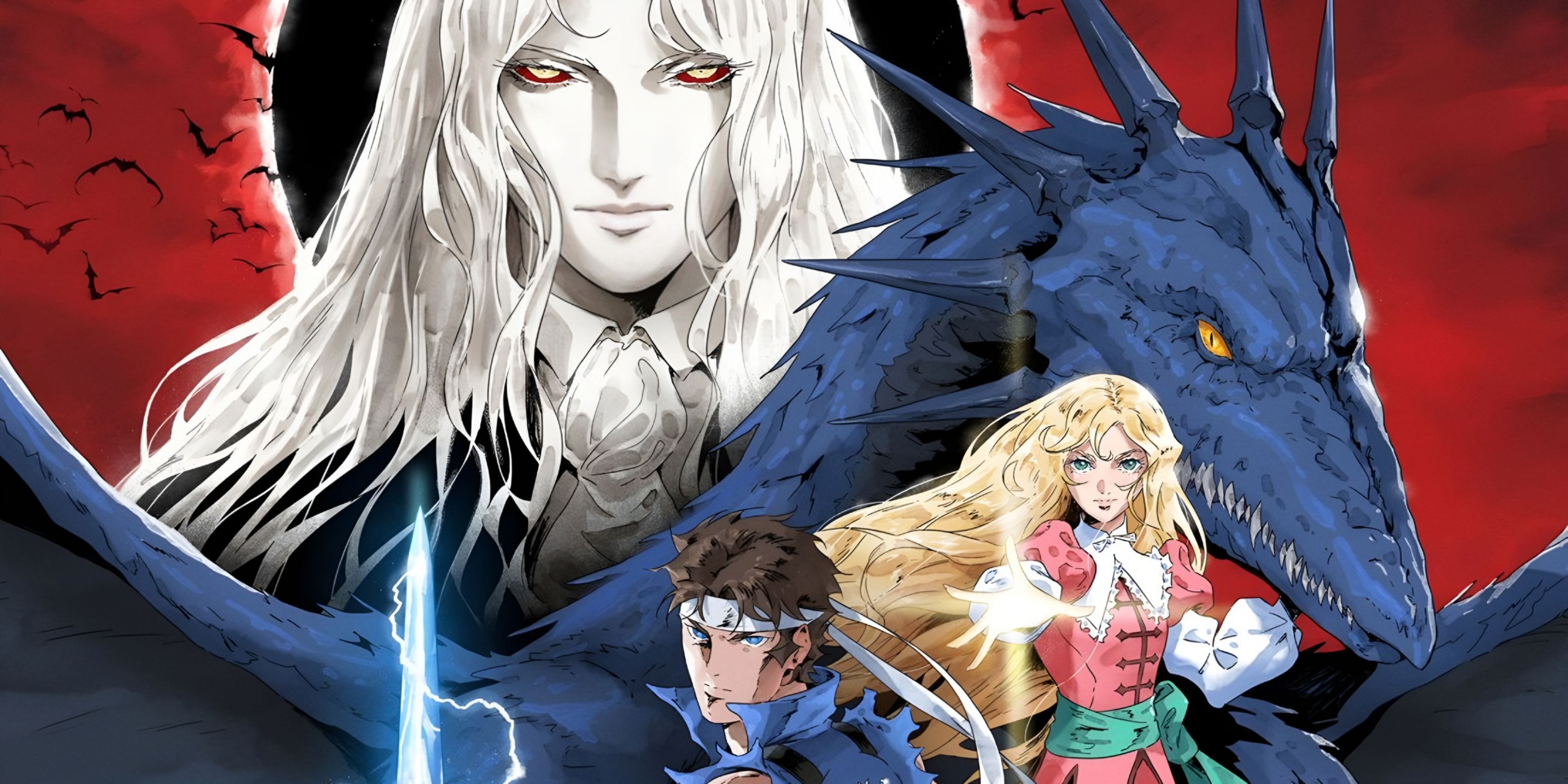
Related
Best Castlevania Games To Play If You Love Castlevania Nocturne
If you loved the animated series Castlevania: Nocturne and want to get into the games, these titles are a good place to start.
Rather than a sequel, Dracula’s Curse is a beloved prequel to the first game, showing Trevor Belmont defeating Dracula after the Prince Of Darkness unleashes an apocalypse on the land because of the death of his wife. Trevor Belmont is joined by a magic user named Sypha, Dracula’s own son Alucard, and the hunchback known as Grant, in an adventure that continues to improve the gameplay.
6
Castlevania: Bloodlines
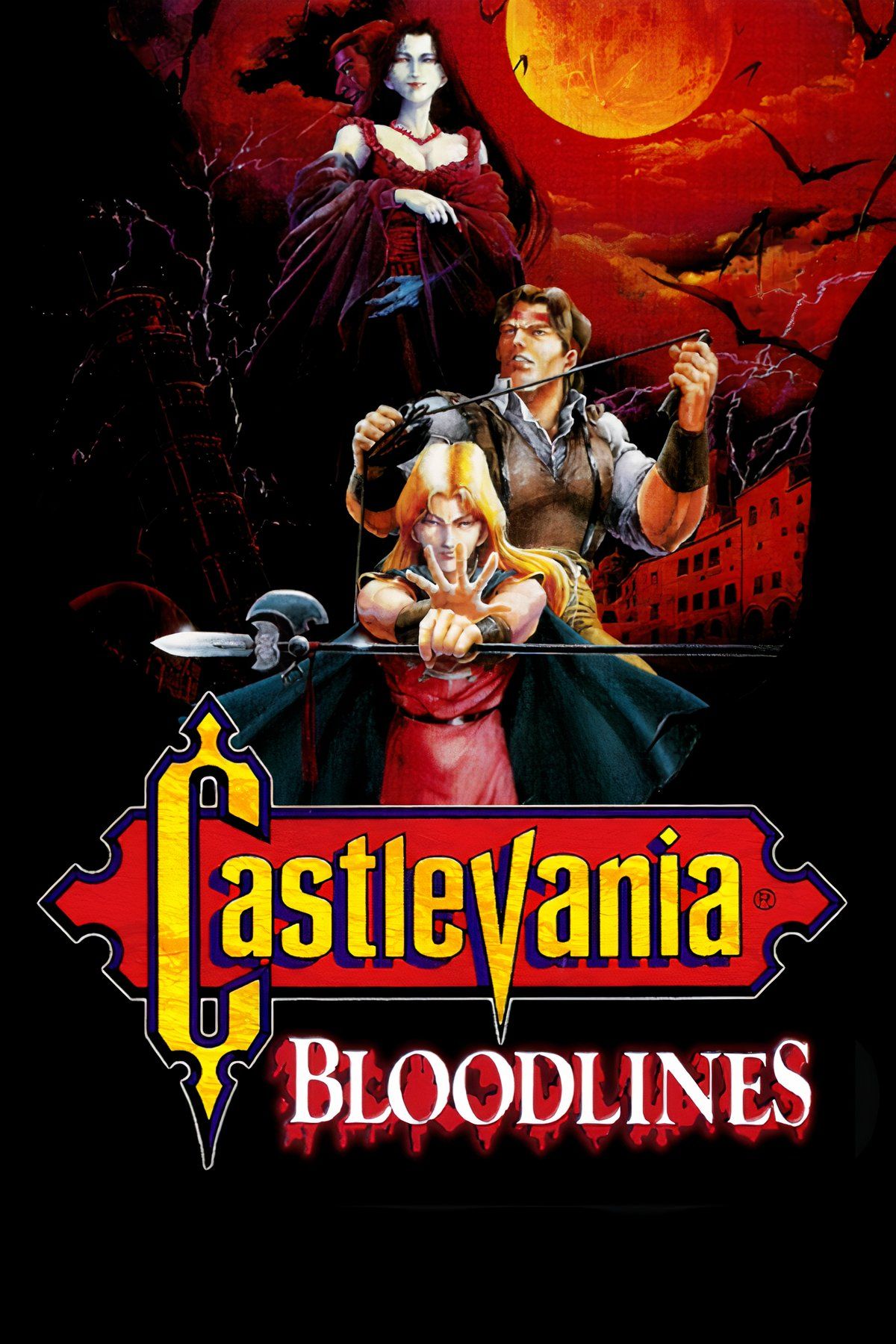
- Released
-
March 17, 1994
- ESRB
-
e
Due to being exclusive to the Sega Genesis, Castlevania: Bloodlines is often forgotten, despite providing a quality experience. The game follows two new protagonists, John Morris and Eric Lecarde, as they travel across Europe during World War I to defeat evil forces before Dracula can be resurrected once more.
The 1994 game feels like a proper sequel to Super Castlevania 4, featuring similar visuals and controls with new settings and villains besides Dracula. Castlevania: Bloodlines would also be the final game in the franchise to use the classic Castlevania style of gameplay before Castlevania: Symphony Of The Night would establish the Metroidvania style as the new standard.
5
Castlevania: Lament Of Innocence
When the PS2 era hit the scene, Castlevania: Lament Of Innocence introduced Leon Belmont at the earliest point in the original Castlevania timeline. It shows the origins of the Belmont family, Dracula himself, and how their eternal feud began, involving lots of tragedy and the creation of the Vampire Killer whip.
4:33

Related
The Main Castlevania Timeline, Explained (In Chronological Order)
Castlevania features an expansive, extremely confusing timeline, and we’re here to sort through it and make sense of Konami’s crazy story.
Lament Of Innocence attempted 3D gameplay after the Nintendo 64 games experimented with it. The result is a hack-and-slash game in the same vein as God Of War or the Devil May Cry series, and it was executed effectively to create a unique experience that would more or less lay the foundation for Castlevania: Lords Of Shadow years later.
4
Castlevania: Rondo Of Blood
For a long time, it was difficult for fans to even be able to play Castlevania: Rondo Of Blood, with the closest being a watered-down version called Castlevania: Dracula X for the SNES. However, fans have gotten to experience the true version of the game thanks to re-releases and the result was classic Castlevania gameplay.
From the fast-paced and smooth controls to the introduction of Richter Belmont, who some fans might know as the main protagonist of Castlevania: Nocturne on Netflix, Rondo Of Blood hit the right notes for gamers. It also tests the player’s limits, providing the same kind of difficulty as Castlevania 3, but even faster to create what feels like the best of every Castlevania game up to that point.
3
Castlevania: Lords Of Shadow
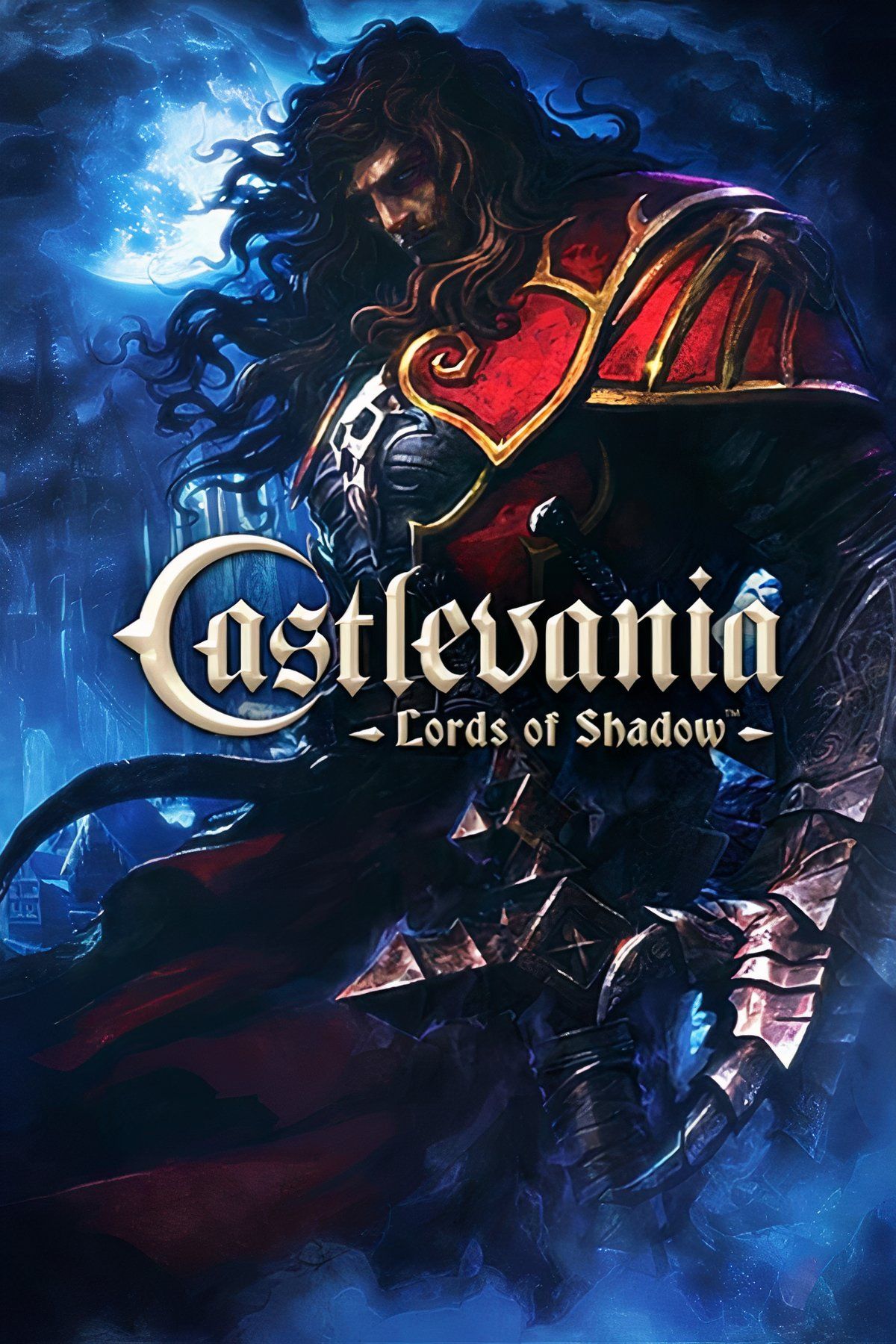
- Released
-
October 5, 2010
- ESRB
-
M For Mature 17+ due to Blood and Gore, Nudity, Violence
As the new Gabriel Belmont wages war against evil, fans were able to see the franchise rebooted in Castlevania: Lords Of Shadow. It took the God Of War-style gameplay and went even further with it with one of the most powerful protagonists in the series, but never losing the challenge that the series is known for.
Castlevania: Lords of Shadow includes one of the best plot twists: the main villain is not Dracula, as fans might expect. Throughout the game, Gabriel Belmont gradually transforms into the new version of Dracula in this respective timeline, evolving from a noble hero into a dark anti-hero.
2
Castlevania: Lords Of Shadow 2
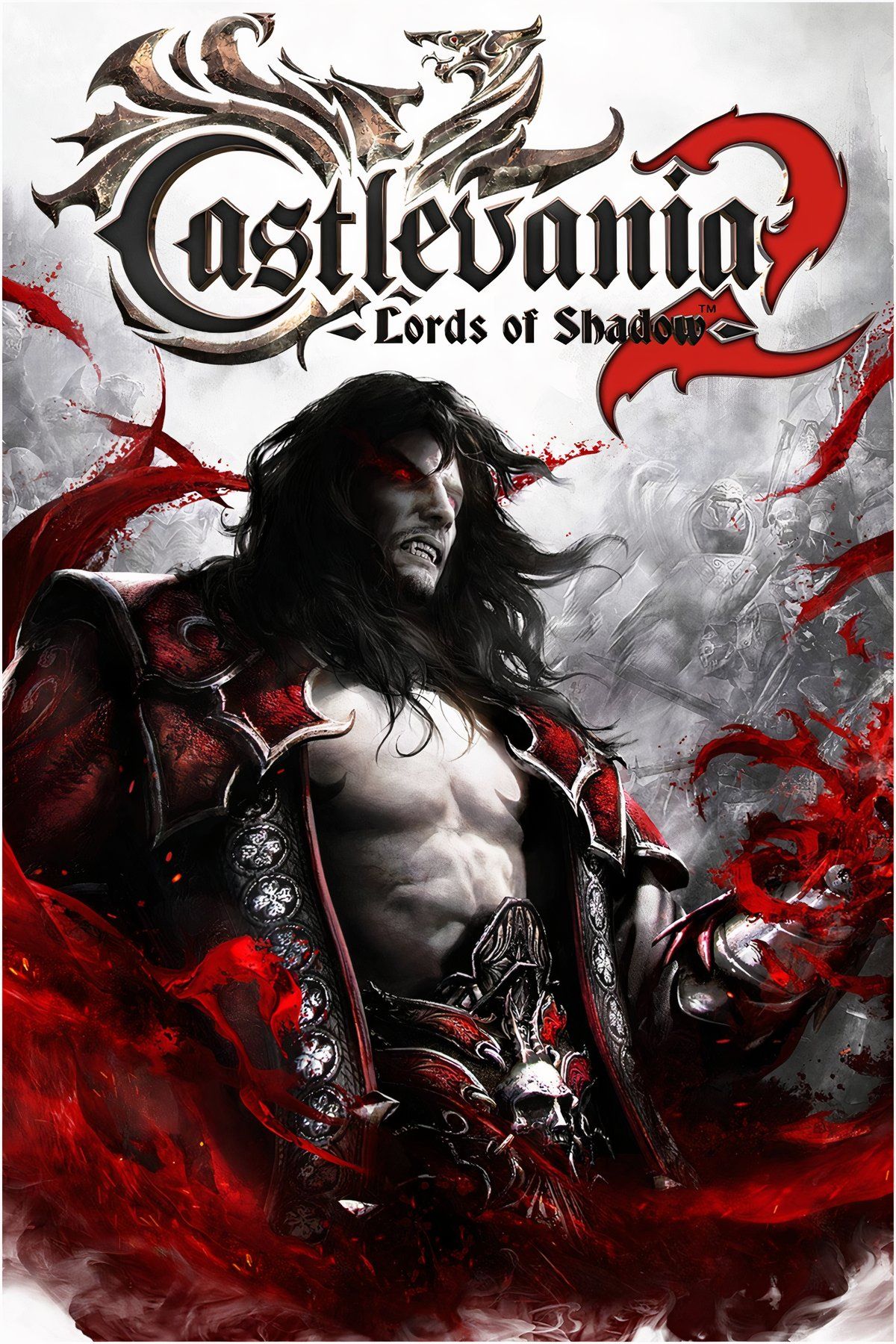
- Released
-
February 25, 2014
- ESRB
-
m
The sequel could have copied and pasted what came before, but Castlevania: Lords Of Shadow 2 puts the player in the shoes of Dracula in the modern day. Additionally, the vampiric gameplay is met with the ability to explore an open-world version of London, with the world needing a monster to fight other monsters.
There is a saying that less is more, but Castlevania: Lords Of Shadow 2 proves the opposite can be true as well. The sequel takes everything to the next level, with more vampiric powers that show just how powerful Dracula is, while also featuring over-the-top bosses that are almost too ridiculous at points and the inclusion of a fan-favorite character: Alucard.
1
Super Castlevania 4

- Released
-
December 4, 1991
- ESRB
-
e
The title may suggest it is a sequel to Dracula’s Curse, but Super Castlevania 4 is a remake of the first Castlevania game on the Super Nintendo, featuring the same story but with enhanced 16-bit visuals, music, and gameplay. Simon Belmont is arguably at his best because it was the first and only game with the full three-hundred-sixty-degree movement of the Vampire Killer whip.
Konami could have prettied the graphics up and called it a day, but instead, Super Castlevania 4 is often regarded as the superior version of the first game. It maintains the gothic horror and action of the original and has a proper balance of thrills and difficulty. As a result, it became a definitive piece of the SNES library and a must-play for any Castlevania fan.

More
9 Hardest Castlevania Games, Ranked
These brutally difficult Castlevania games will test the patience of even the most diehard fans.


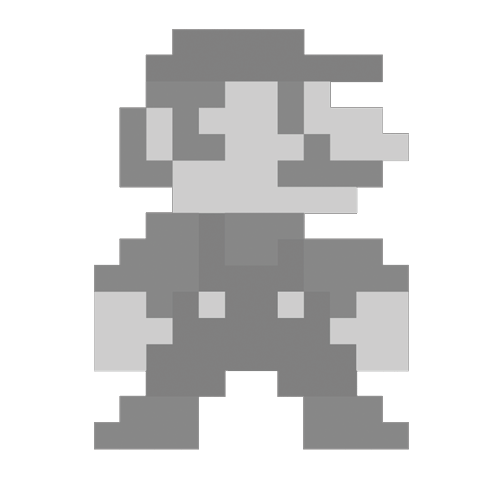
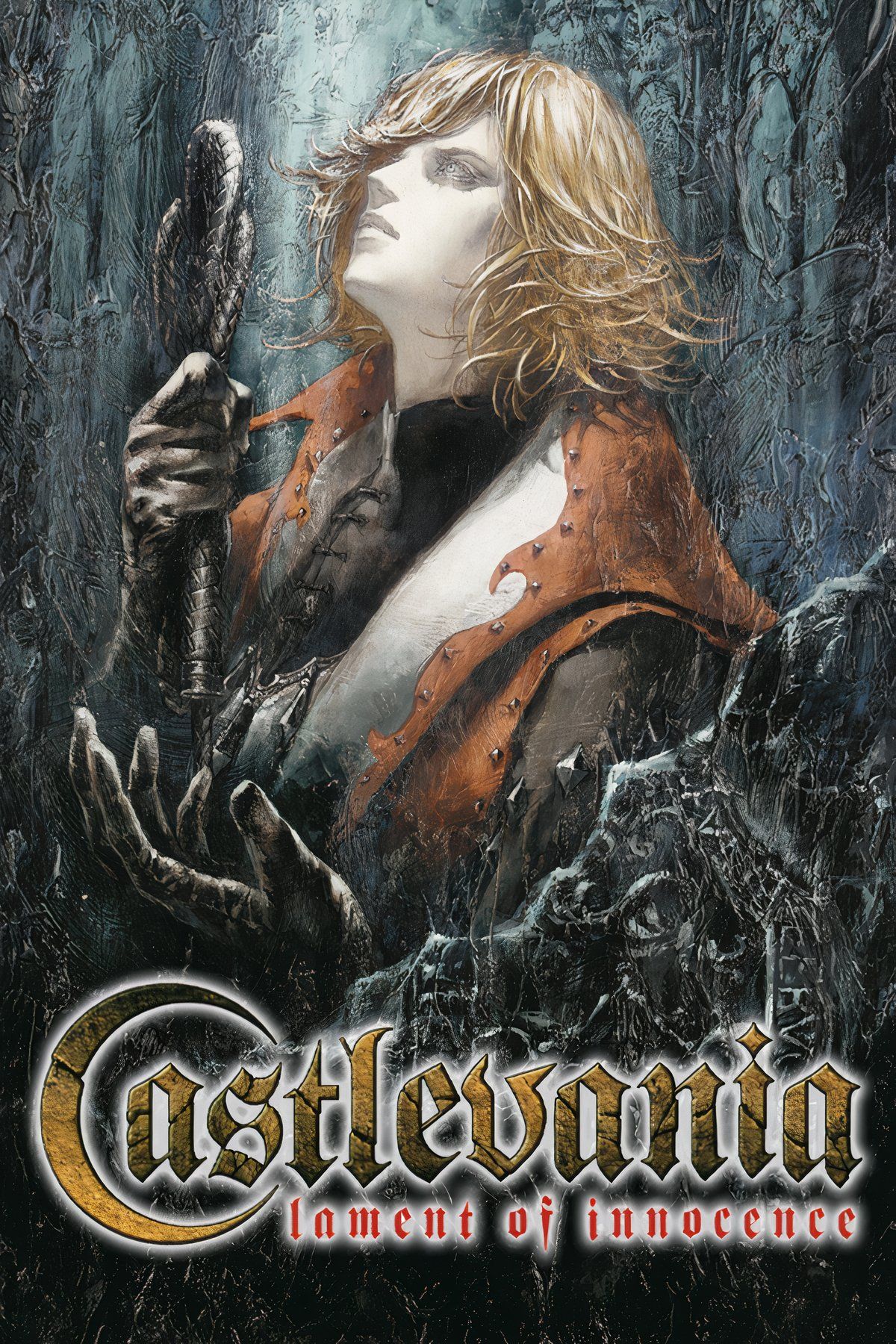

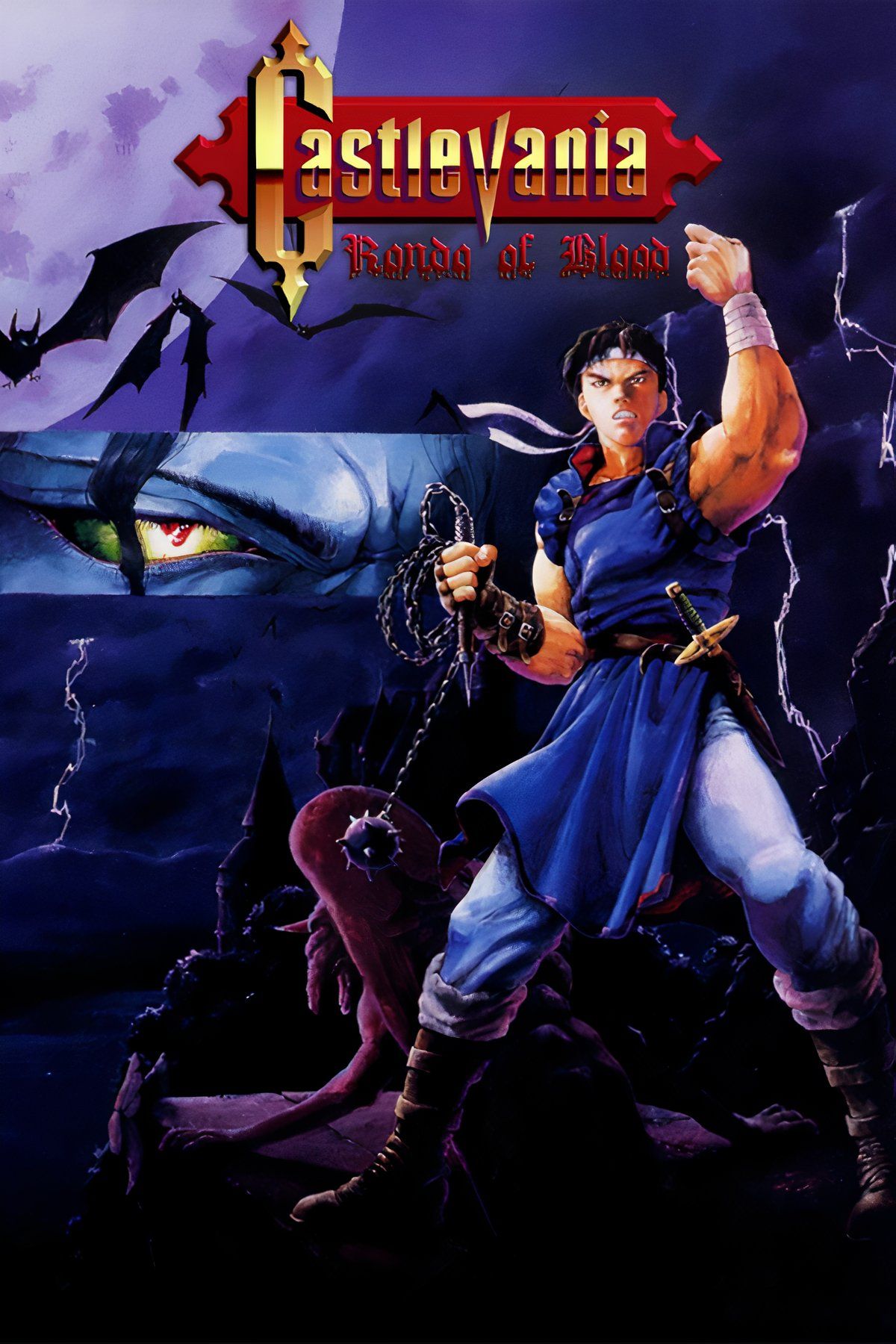










Leave a Reply